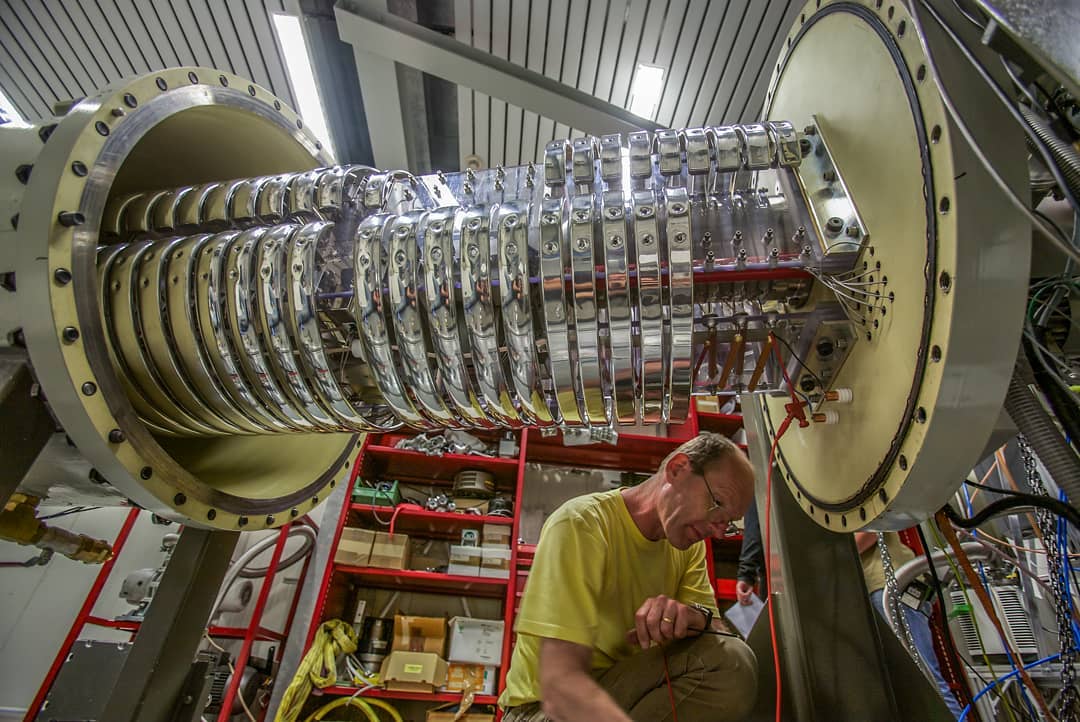But nuclear processes also have an essential role at the end of the life of stars, which undergo gravitational collapse that can lead to very violent phenomena, like supernovae explosions, once the nuclear “fuel” (consisting of nuclei of hydrogen and helium) has run out. In these, chemical elements that are heavier than helium are expelled from the star. These elements are the same of which we are all composed. The nuclear reactions that occur in the universe, then, were decisive for the appearance of life on Earth too (and still are, since they power the Sun that lights and heats our planet). Even the most extreme phenomena of the universe, like the formation of black holes and neutron stars, or the events that occurred in the primordial universe, are distinguished by fairly intense nuclear reactions, in many cases not well understood.
Research in the field of nuclear astrophysics constitutes an important example of multidisciplinary work. Typically, it starts from an observation in the laboratory of nuclear reactions of astrophysical interest, whose measurements are then used by astrophysicists to simulate (through suitable software) certain astrophysical scenarios, like the behaviour of a star or the phases subsequent to the Big Bang.



